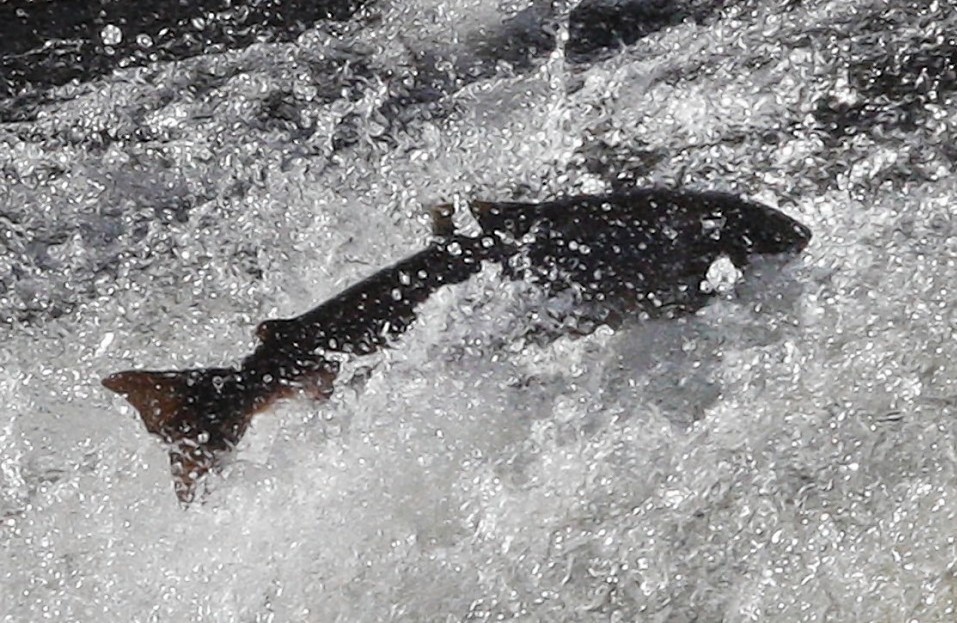Scientists say salmon can be selectively bred to resist a potentially deadly parasite which is costing Scottish fish farmers tens of millions of pounds a year to keep at bay.
Sea lice – or lepeophtheirus salmonis to give them their grander Latin name – are said to be the biggest threat to the welfare of farmed Atlantic salmon and the future of of fish farming globally.
There is evidence that in the absence of good husbandry and adequate control measures, sea lice outbreaks on salmon farms can spread beyond the cages and cause devastation for wild stocks.
But Glasgow University researchers have found a new way to breed fish that are resistant to sea lice and produced a mathematical model to predict the response to selection.
Their studies show that fish populations can respond relatively quickly to such genetic interference, meaning substantially fewer treatments to control lice.
As few as 10 generations may produce fish which can control infection naturally and without much need of expensive treatments.
Glasgow University’s Professor Michael Stear said: “Sea lice infection is a major threat to the health of farmed salmon and to the fish farming economy.
“Our research has produced a practical tool for quantifying resistance to sea lice and shown that selection could substantially reduce the need for drug treatments.
“Selective breeding for sea lice resistance should reduce the impact of sea lice on fish health and thus greatly improve the sustainability of Atlantic salmon production.”
Sea lice can cause skin lesions and increased susceptibility to bacterial and viral infections through suppression of the host immune system.
Treatments to protect salmon from the parasite, which can kill, vary from country to country but are costing the industry hundreds of millions of pounds a year worldwide.
Sigurd Pettersen, regional director for Shetland firm Grieg Seafood Hjaltland, which at the heart of innovative studies into the use of lumpsucker cleaner fish as a means of tackling the sea-lice scourge, said: “Lice cost us between £million and £6million (annually).”
Scottish Salmon Producers’ Organisation chief executive Scott Landsburgh said: “Selective breeding has been an important technique used to tackle the sea lice challenge for a number of years, as part of a wider fish health management strategy.
“As an industry, we welcome innovative approaches that have the potential to enhance fish welfare and the sustainability of salmon farming, and we look forward to seeing how this project progresses.”










